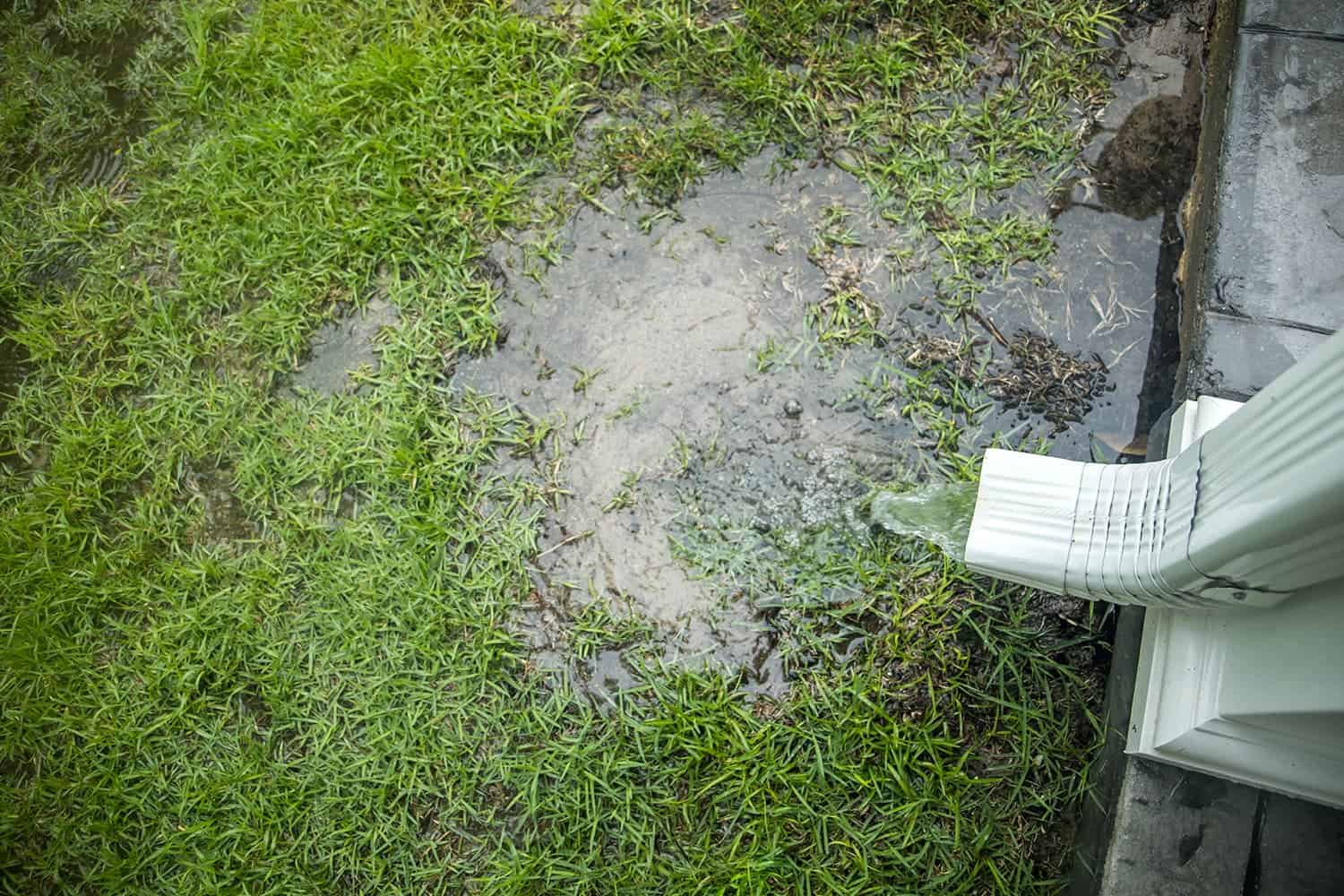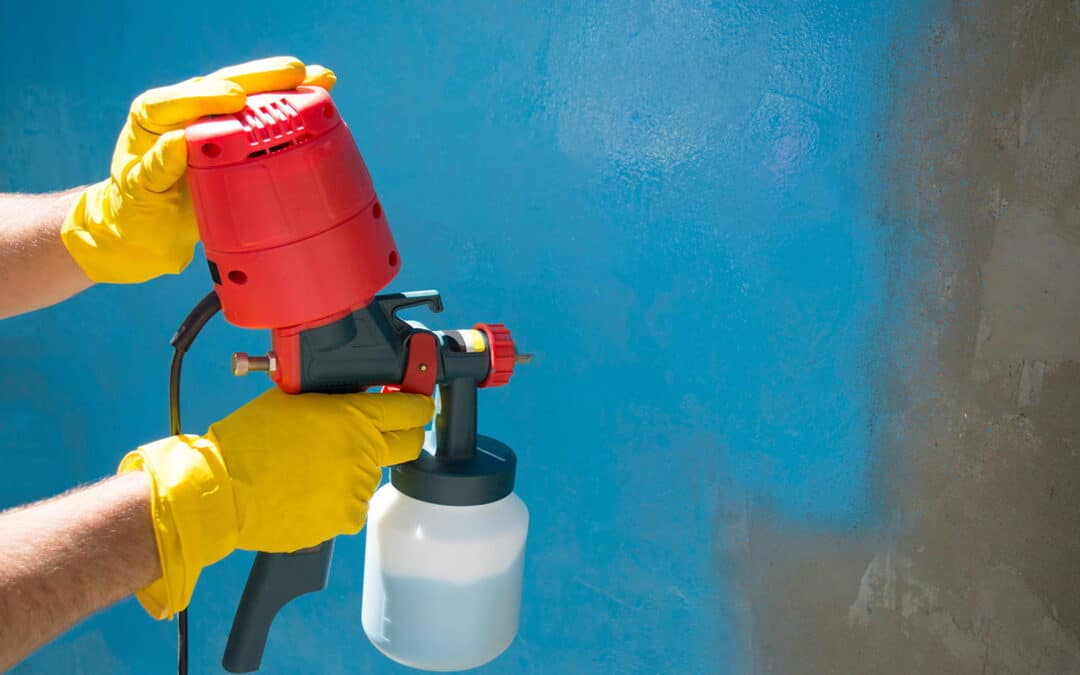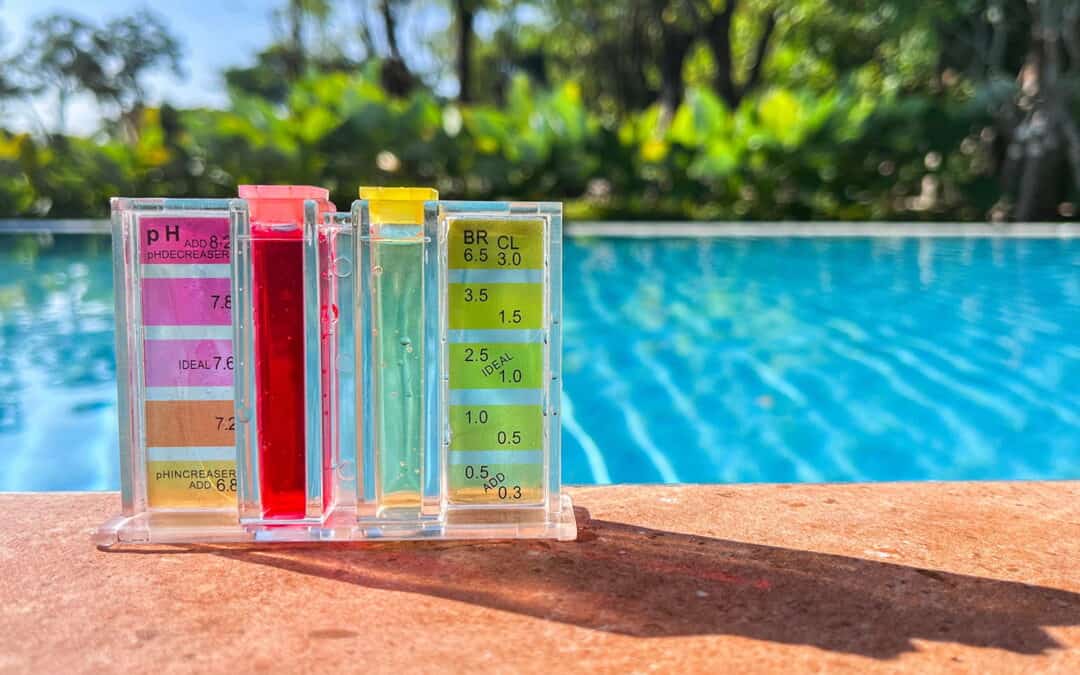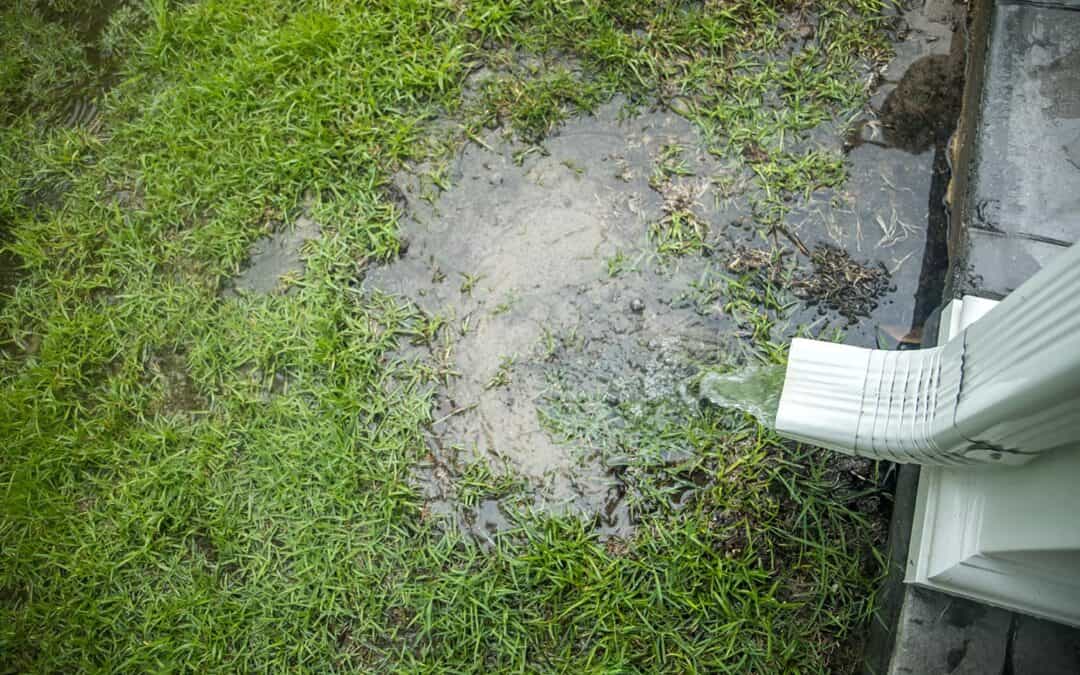If your backyard turns into a mini marsh every spring, you’re not alone—and you’re not imagining things. Saturated lawns are more than just messy. They can wreck your landscaping, invite pests, and slowly eat away at your home’s foundation.
But the good news? You don’t have to live with it. We spoke with drainage pros who shared smart, proven strategies to stop yard sogginess in its tracks.
How to Know If You’ve Got a Drainage Problem
The signs of a soggy yard are more than puddles after a rainstorm. Look for these red flags:
- Persistent standing water that lingers for hours—or even days—after rain.
- Mushy or squishy ground that feels like a sponge underfoot.
- Uneven plant growth—areas where greenery seems overly lush or where certain plants are thriving far too much.
- Trees leaning toward your house. “If you see a large tree thriving right next to your home, it may be feeding off underground water,” Carlson explains. Over time, those thirsty roots can grow toward your foundation, causing cracks and water seepage.
Why a Soggy Yard Is More Than Just an Eyesore
Too much moisture doesn’t just keep your yard from drying out—it creates a domino effect of issues:
- Useless outdoor space: You can’t entertain, garden, or build if your yard’s a muddy mess.
- Foundation damage: Excess water creates hydrostatic pressure that can crack foundations and cause water intrusion into basements and crawl spaces.
- Pest magnet: Wet soil attracts mosquitoes, termites, and rodents looking for damp nesting grounds.
- Destroyed landscaping: Waterlogged soil suffocates roots and drowns plants, ruining lawns and gardens.
Why It’s Worse in Spring
Spring brings warmer temps—but it also delivers the perfect storm for soggy yards. Melting snow, heavy spring rains, and poor grading all converge to turn your yard into a bog. Areas with clay-heavy soil are especially vulnerable, since clay holds water instead of draining it away.
How to Fix a Soggy Yard (Before It Becomes a Bigger Problem)
Carlson recommends tackling drainage with a layered, location-specific strategy. Here are the five best long-term solutions to keep your yard—and your home—high and dry.
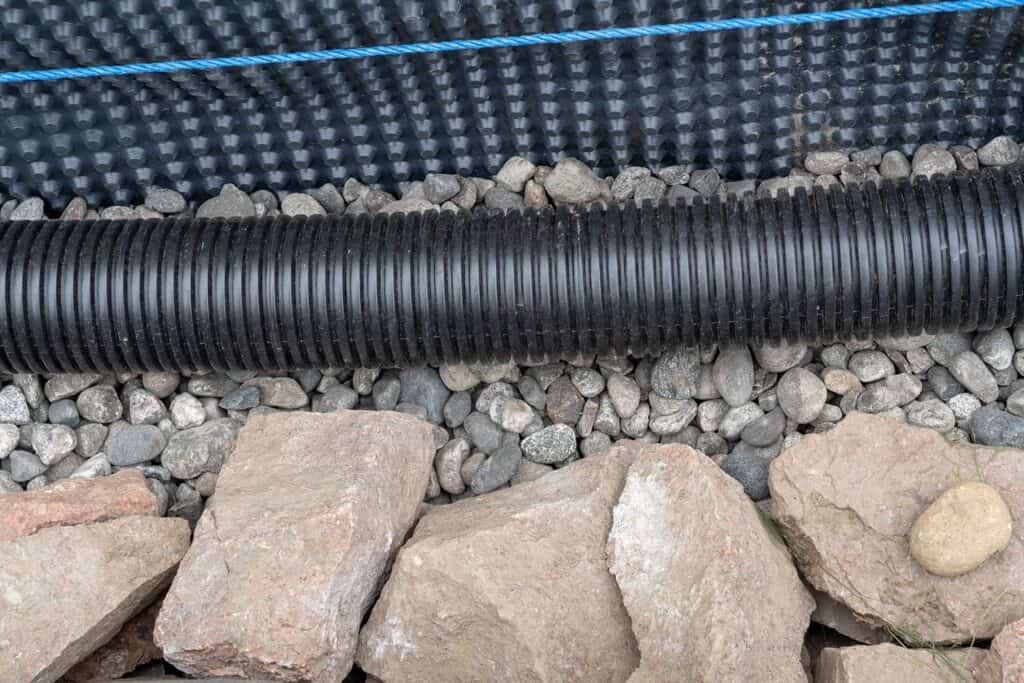
1. Install a French Drain (The Right Way)
A French drain is a buried perforated pipe surrounded by gravel that redirects water away from problem areas.
“The biggest mistake I see? People skimp on gravel,” Carlson says. “You need plenty of it—under, around, and on top of the pipe—to keep the water moving and prevent clogs.”
Pro Tip: Use 7/8-inch drain rock. Anything smaller can clog up fast. And never fully wrap your pipe in filter fabric—it collects fine particles and will eventually block the system.
2. Regrade for Better Flow
If your yard slopes toward your house, that’s a major no-no. Regrading changes the slope of your lawn so that water flows away from your foundation instead of into it.
This can be a big job, but it’s one of the most effective ways to prevent flooding in basements or crawl spaces.
3. Use Retaining Walls Strategically
In sloped yards, retaining walls aren’t just decorative—they’re part of your defense system.
Behind each wall, install drain rock and weep holes to channel water away and reduce pressure buildup against the wall and your foundation.
4. Install Interior Footing Drains (If Water’s Already Getting In)
If moisture has breached your basement, an interior footing drain may be your best bet. These sit beneath your foundation floor and carry water away before it can pool or cause damage.
5. Rethink Water Flow (and Don’t Rely on Hardscaping)
Carlson warns against using patios or walkways as your main solution. “They can redirect water—but they don’t solve the root problem,” he says.
Instead, build a system to disperse water across multiple exit points:
- Redirect downspouts to different areas.
- Use dry wells or dry creek beds to absorb overflow.
- Avoid channeling everything to one central spot.
Final Thoughts
Spring rains don’t have to mean backyard swamps and basement headaches. With the right mix of grading, drainage systems, and smart landscaping, you can keep your yard functional, beautiful, and dry—season after season.

